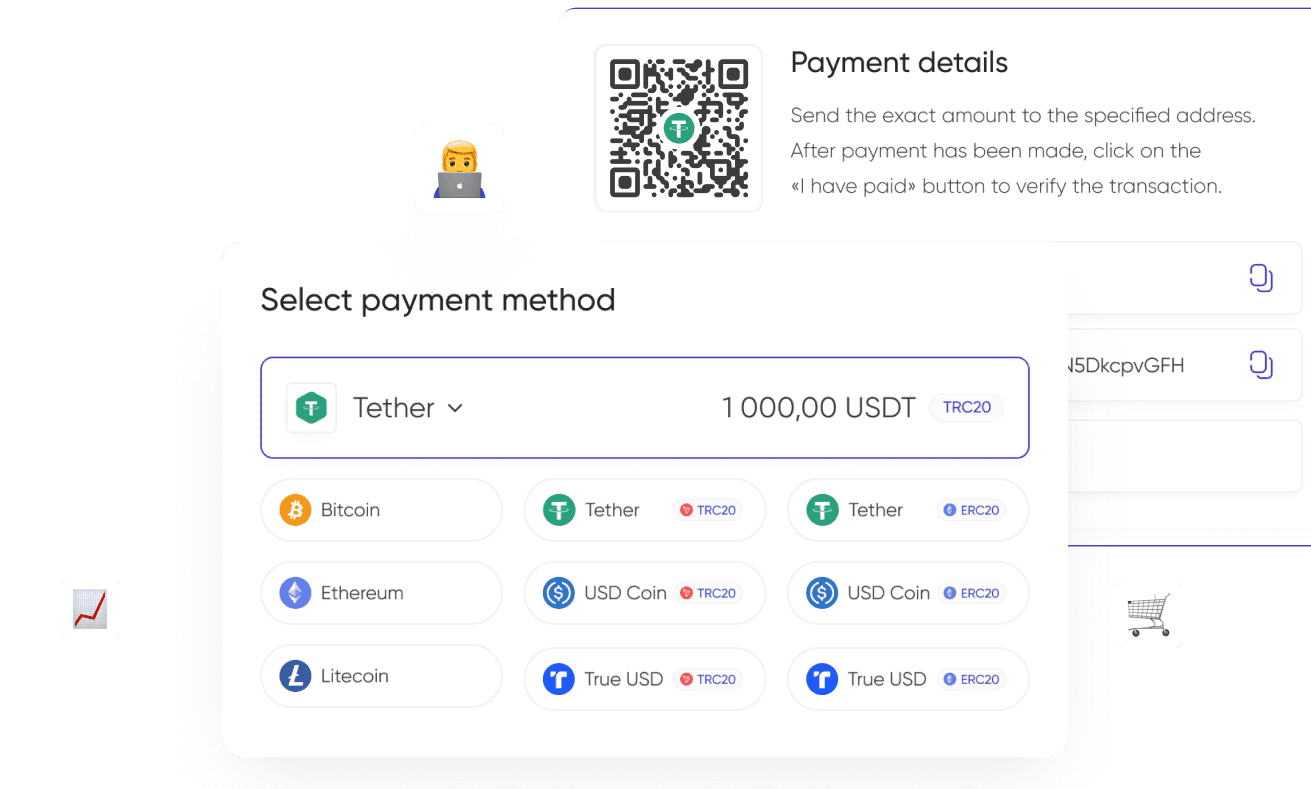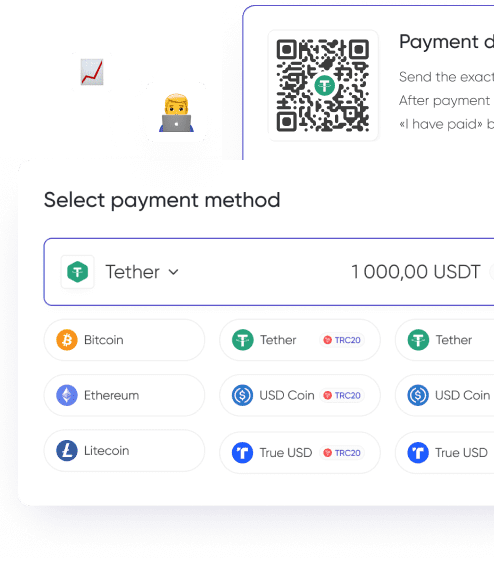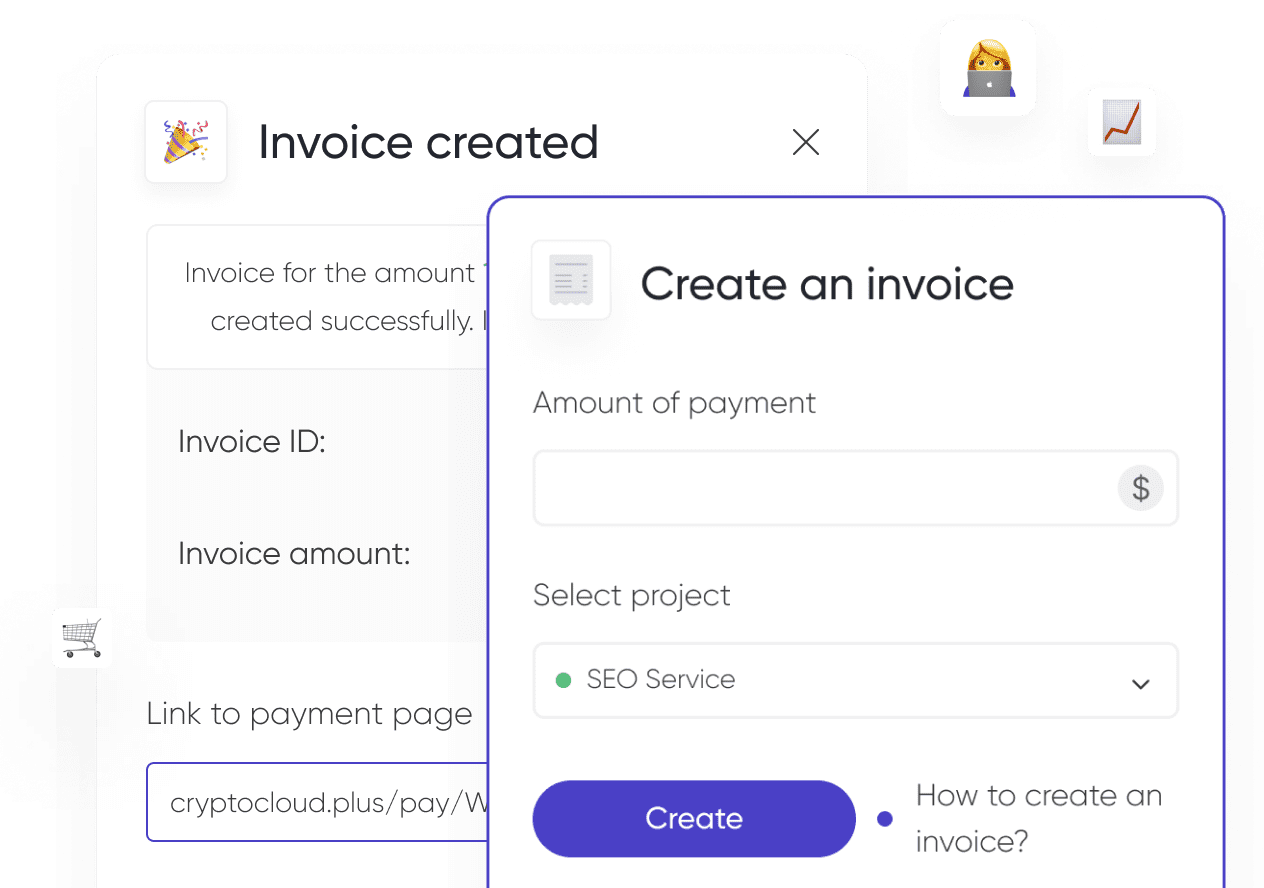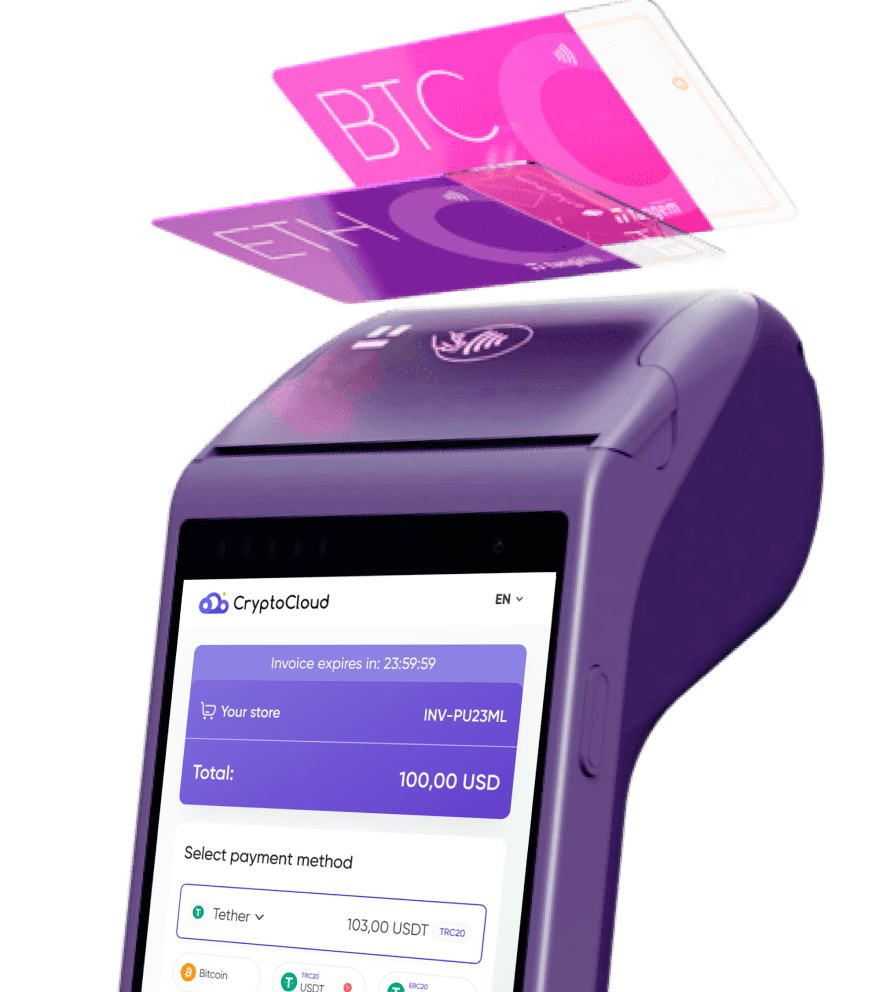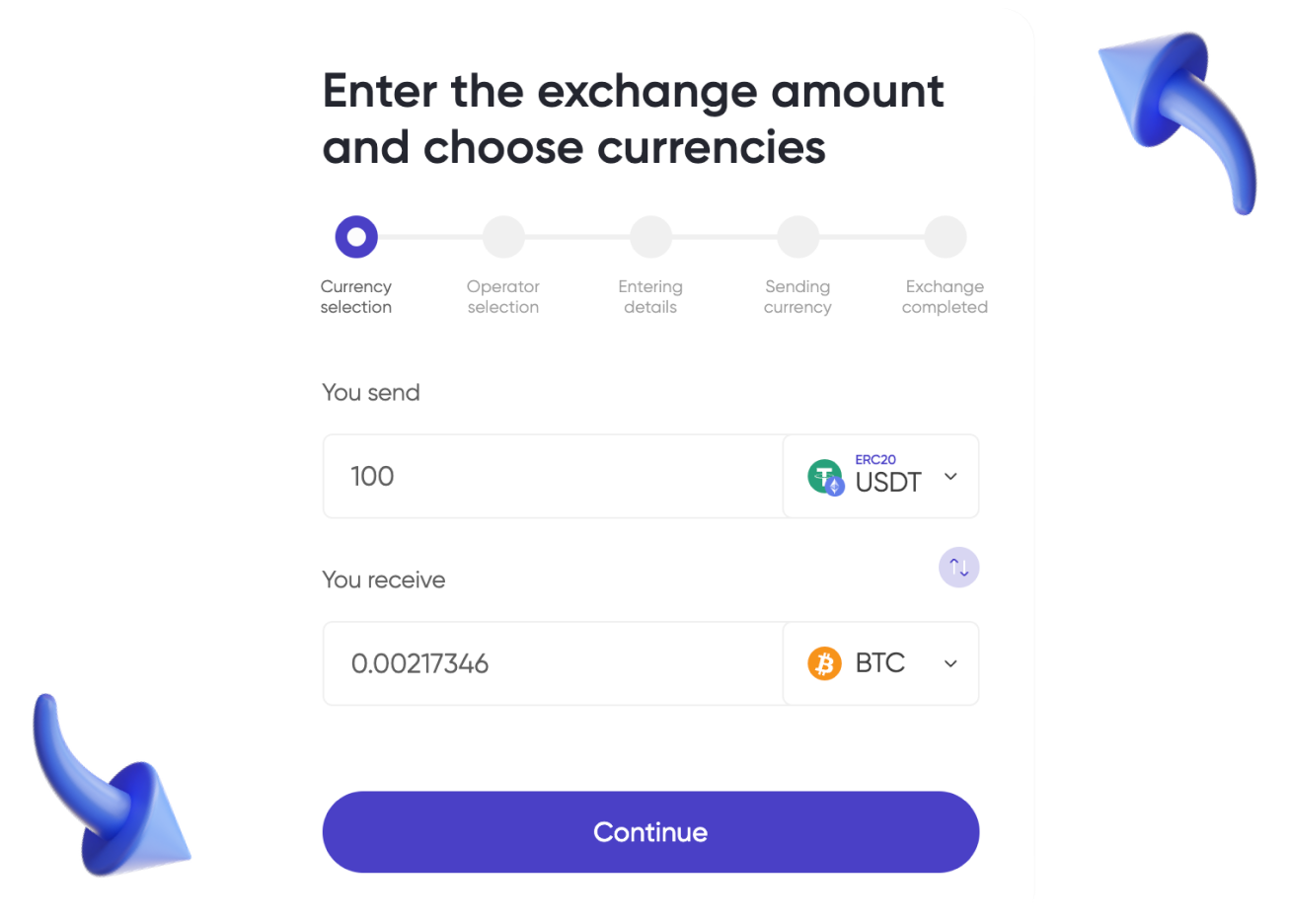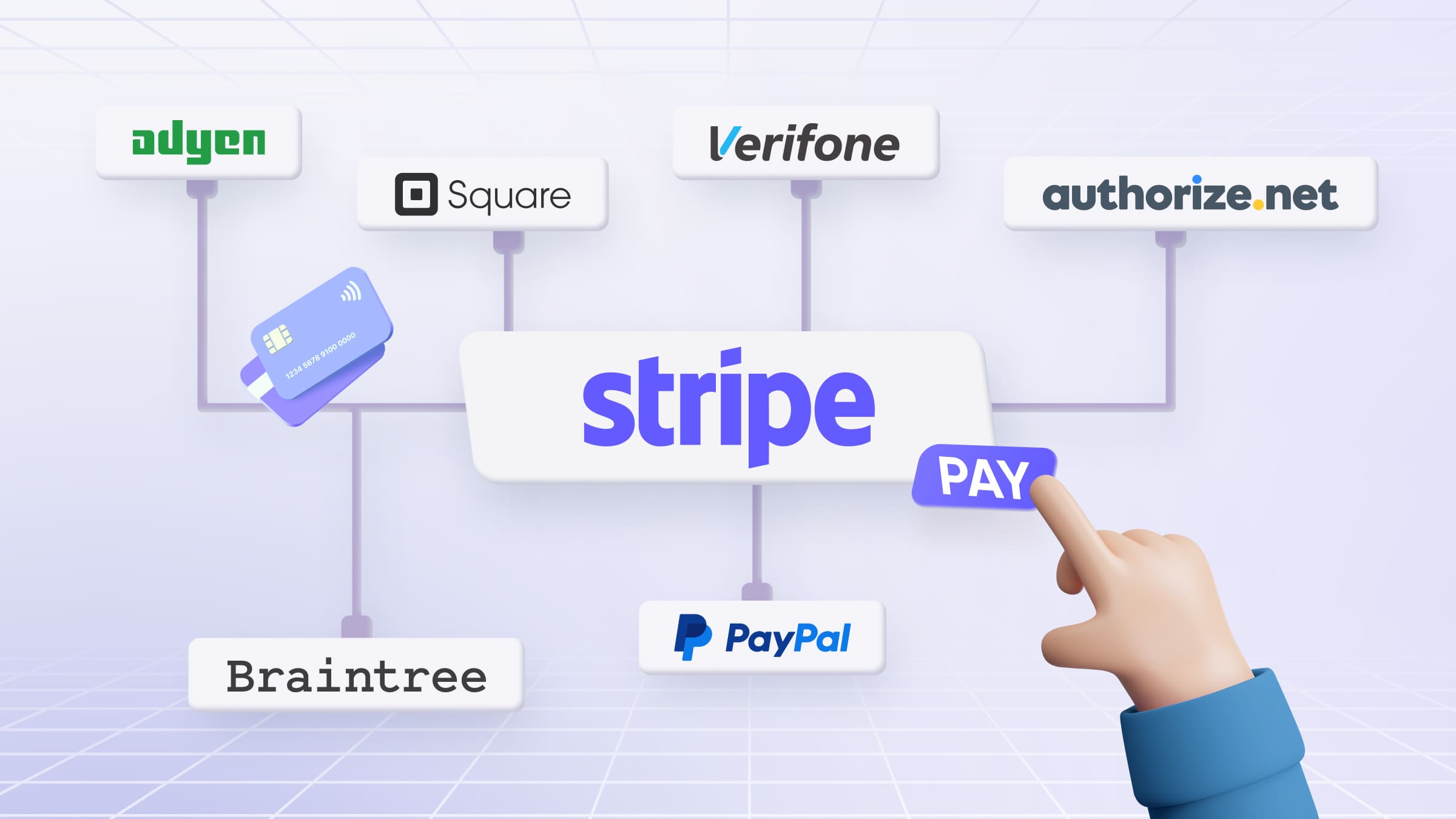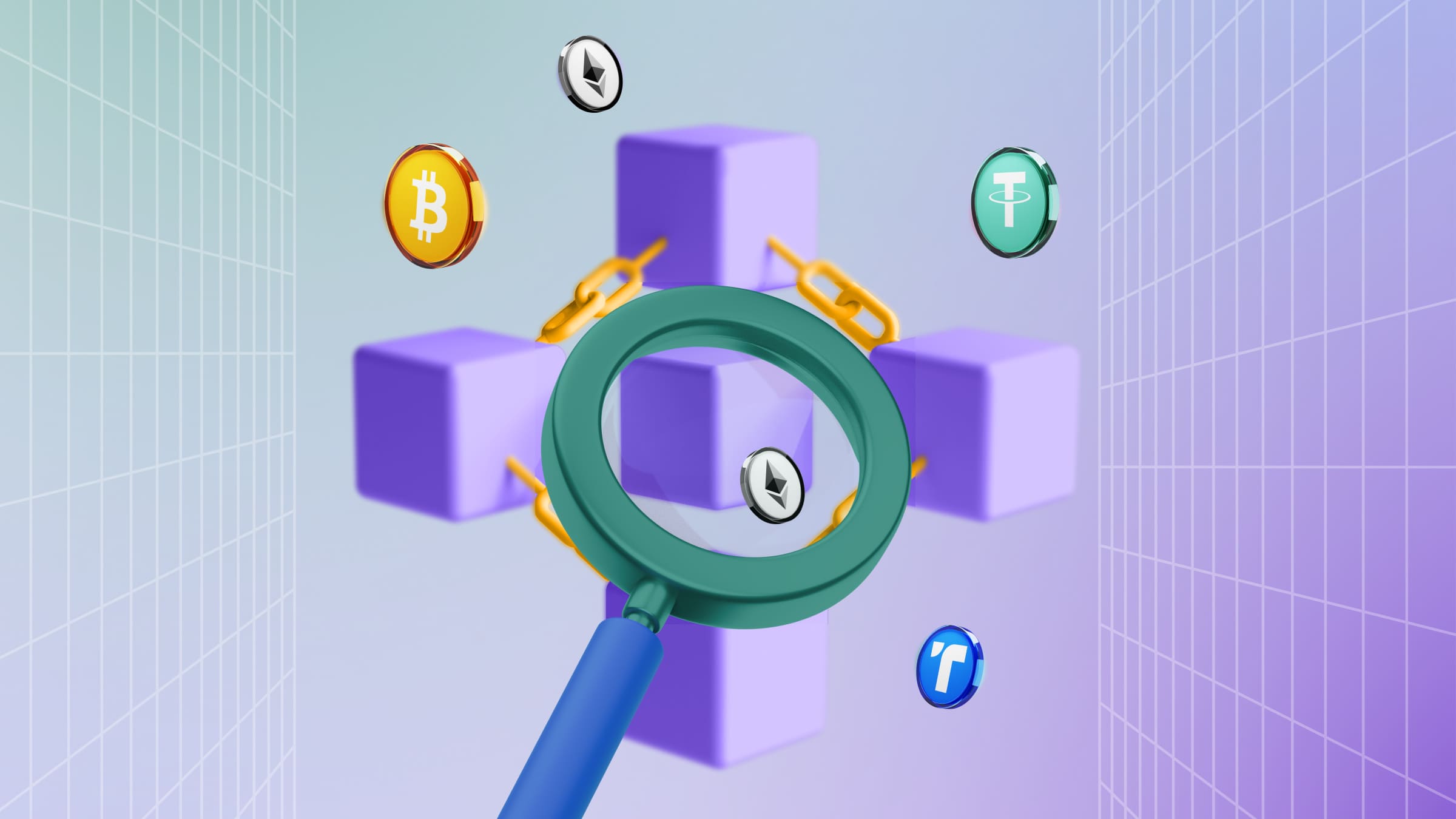The first time a user transfers cryptocurrencies will definitely encounter networks. It is the space where different transactions with tokens are carried out. Due to a lack of experience, they might choose the network incorrectly and thus lose funds.
So let's figure out what a Tether stablecoin and TRC20 are, where ERC-20 came from and why, and most importantly how to conduct cryptocurrency transactions correctly so that you don't lose money.
What Is Tether?
Tether (USDT) is one of the most demanded stablecoins on the market. It can be pegged to different fiat currencies in 1:1 ratio, for example, to the euro (EURT), dollar (USDT), or yuan (CNHT). Stablecoin Tether Gold or XAUT is pegged to gold. Tether Limited issues the coins. The company claims that all coins are backed by Tether reserves. That is why this stablecoin is considered less risky than other tokens existing on the market.
The company Tether Limited originated back in 2012. Back then, programmer J.R. Willett suggested creating new cryptocurrencies that would be based on Bitcoin. One year later, the Mastercoin token was released. Slightly later it was named Omni Layer Protocol. To promote this protocol, the Mastercoin Foundation company was created. The Realcoin startup was launched in 2014, and thanks to the Omni Layer Protocol, Realcoin tokens were released.
Read our article «Tether (USDT) Backing: Is It as Reliable as Claimed?»
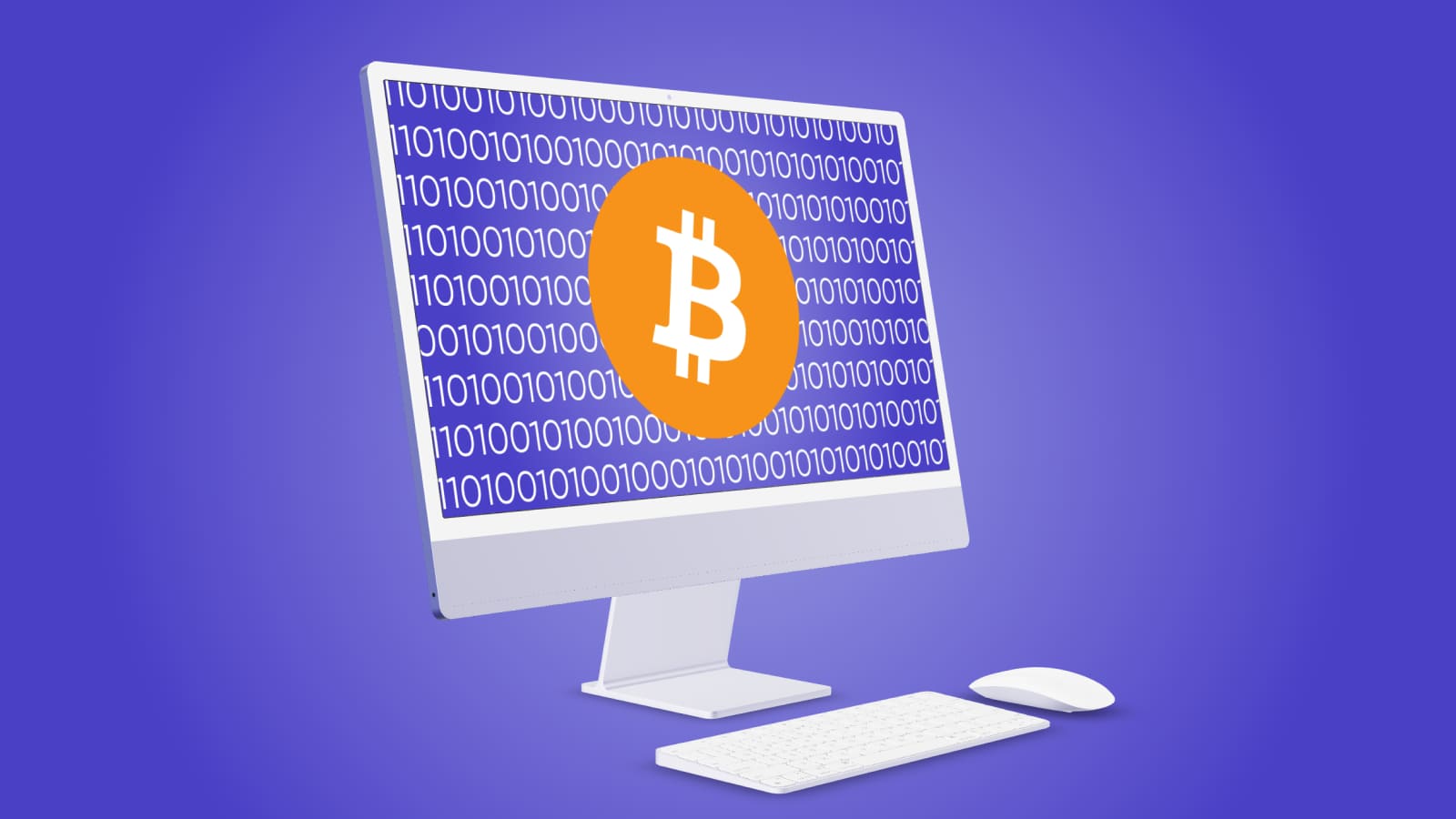
OMNI is an open protocol layer running on top of the Bitcoin blockchain. The platform allows you to create both smart contracts and digital assets. It also enables the establishment of Peer-to-peer exchanges.
How the TRC20 Network Operates
The popular blockchain networks include TRC20. It is considered to be a part of the TRON blockchain. The network system is notable for its increased reliability. This is because it provides an opportunity to perform operations instantly and has a high speed of transactions. The transactions are processed with the help of productive computing schemes.
Initially, TRON functioned as a token created on the basis of Ethereum. It has been relatively recently moved to its own separate network. ERC20 token holders exchanged this currency for TRX in the now separate TRON network. Ethereum-based tokens later went out of use. However, it is still possible to create smart contracts during the transition. The commission of the cryptocurrency transaction is paid in TRX.
This left TRC20 to be a standard used for smart contracts. As for TRC10 and TRC721, the first one is the basic standard for network tokens, while the second is the standard used when dealing with NFTs.
The major centralized crypto exchanges and crypto wallets support the Tether TRC20 standard. You can use the following wallets to pay in USDT and store this cryptocurrency on the TRON blockchain:
- TronLink. You can use it as an application on your cell phone. There is a browser extension available for installation as well. It has full connectivity with the main blockchain. While using it, you can store TRX, TRC20, and TRC10.
- MathWallet. This wallet supports more than 80 chains. It has a mobile app. The system can be used on computers as cryptocurrency payment on the website via any browser. It has a DApps store, and there is an integrated steaking pool.
- imToken. It is a mobile wallet that works with 11 chains, including TRON. Users have the option to protect their wallet with biometrics. The app is remarkable for the fact that it has an initial open-source run, and it is a considerable advantage.
According to the rules of the ecosystem, you need to hold TRX in your wallet to make transactions with USDT and other TRC20 tokens.
Differences Between ERC-20 and TRC-20 Tokens
Back in 2018, USDT tokens in the Ethereum blockchain were issued under the ERC-20 standard. The purpose of this was to make it possible to use Tether in decentralized apps, as well as in various smart contracts. The token issuance contributed to accelerating the transaction process since previously all transactions in the Bitcoin network were really time-consuming for users.

In 2019, the USDT tokens were issued under the TRC-20 standard on the TRON blockchain network. Having this done had a positive influence on the ecosystem and made an important step towards development. Now, TRON is a highly demanded network and features a low network fee.
So what is the difference between ERC and TRC, if there is any? Well, there is, it lies in the size of the commission of the first and the second network. Another important difference is in release protocols and in the transaction time. Speaking about which network is the cheapest and most profitable, low commissions are seen in the TRON blockchain, that is, in TRC.
When transacting funds, you should choose the network that suits you. It is important to pay close attention to the accuracy of the address so that the assets are sent to the intended destination. Stablecoin accounts can be distinguished by the spelling of the address, in that case, you will never make a mistake. For instance, on the TRON network, the USDT address will have a distinctive beginning "Tx". And as for the Ethereum network, the address starts with other characters "0x". Usually, the specific network is also provided along with the address for the transaction.
What is BEP2 and BEP20?
BEP2 is the Binance Chain blockchain network. It stands apart from the Binance Smart Chain by the fact that it is not used to create smart contracts. The shared network was specifically divided into subgroups to avoid overload. The BNB is used to pay the commission. BEP2 is the main token standard of this network. BEP-8 is another standard, but it is created in a simplified version. BEP-8 is used to work with small projects.

In the Binance Smart Chain blockchain network, you can find BEP20. This is a genuine parallel universe to the Binance world. Unlike BEP2, this network is actively used for smart contract manipulation. It comes with an interoperable environment that is compatible with Ethereum. Thanks to the creation of BEP20, the problem of scalability of the main network has been solved. Smart contract operations became possible and quite flexible. Overloading of the network was eliminated.
Binance Smart Chain network does not compete with Ethereum and does not try to replace ETH. In fact, this network is an ETH-compliant chain. It opens up a lot of opportunities and advanced features for people. It also includes lower commissions, high speed of financial transactions, etc. The transfer is carried out through the Binance smart chain (token BEP20).
Is There Any Way to Avoid Making a Mistake While Transferring Cryptocurrency?
For skilled users, the transfer of cryptocurrency presents no difficulty. However, even if you have already figured out how to pay with cryptocurrency online and gained some experience, there is still a possibility of making a mistake.
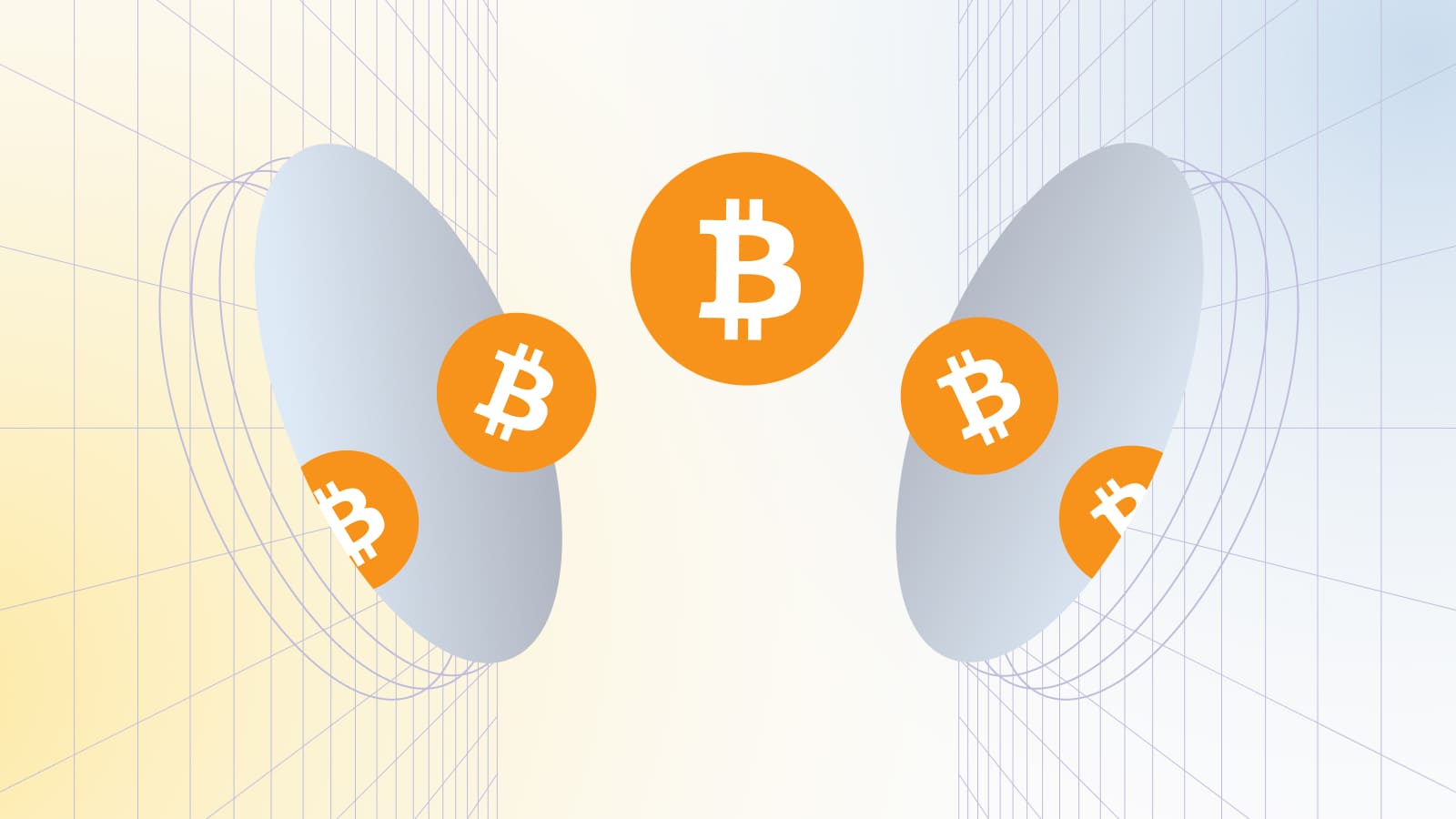
You can lose money for several reasons. If you make a mistake in writing the address by putting the wrong number or letter, you can't get your digital assets back. Same goes for tags, which you can simply forget to put in. So let's find out what you need to do to avoid these problems.
The transfer procedure is not difficult at all:
- select the cryptocurrency you are going to transfer;
- open the address where the funds are to be transferred;
- copy the address;
- paste it into a special form in the wallet or on the exchange which you are transferring digital assets from;
- make sure that the receiving network is the same as the sending network;
- then enter the desired amount of assets;
- check if there are no mistakes in writing the address, also carefully read all the points, and clarify the amount of funds;
- if everything is alright, confirm the withdrawal;
- when sending coins from the exchange, you will need to click on the link to confirm the operation that will be sent to your e-mail.
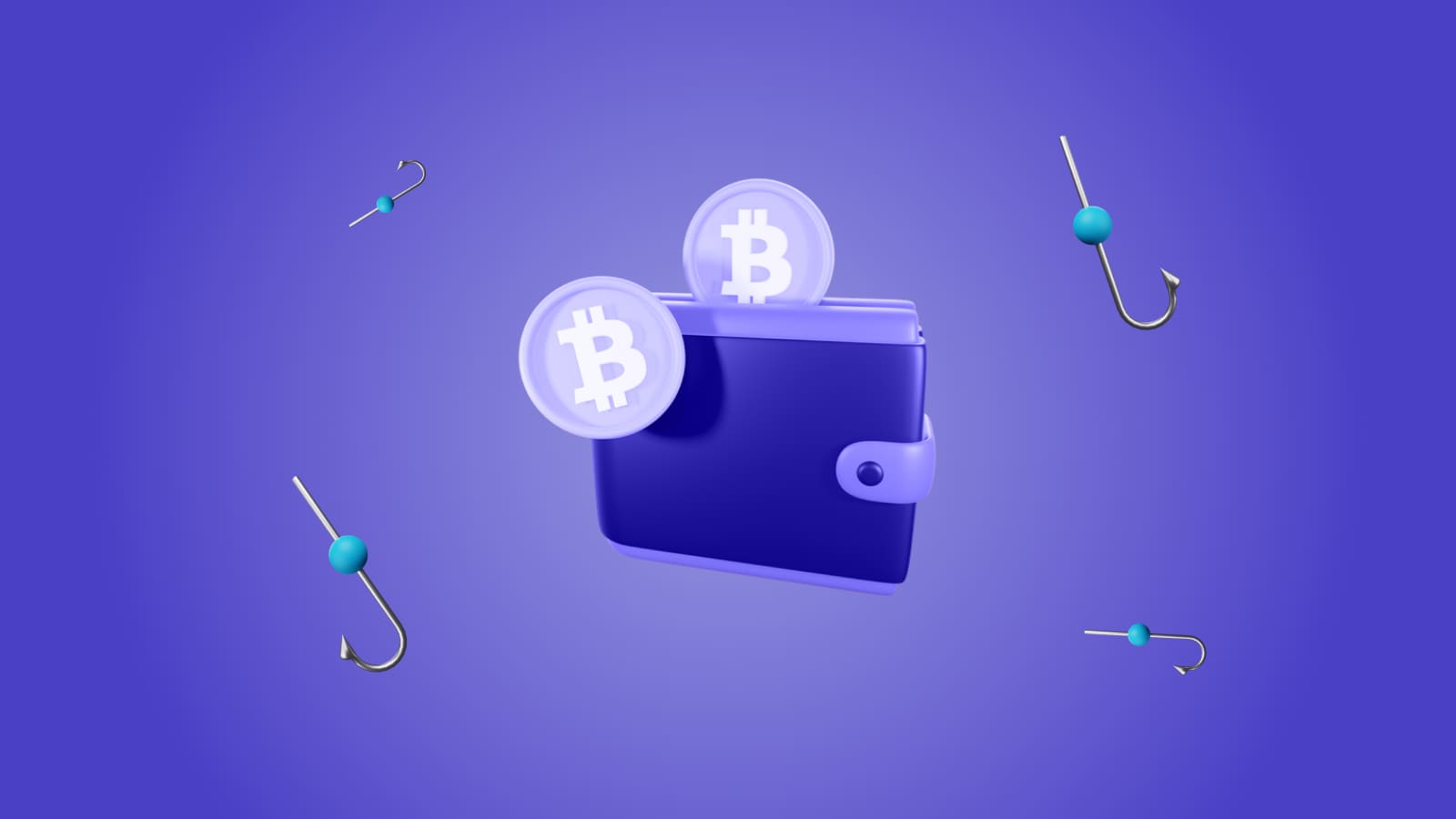
Here are some tips on how to safely manage cryptocurrency:
- The coins and the wallet where the money will come must both pertain to the same cryptocurrency and network. For example, you can't transfer Ethereum to a Bitcoin wallet, and you can't transfer TRC-20 tokens to a wallet on the ERC-20 network. Once you do, the coins will be gone, you won't get them back. Many exchanges have a feature that alerts you of this error and highlights the incorrect address.
- Copy and paste the address rather than rewriting it manually. This will protect you from errors, although even in this case, you should not relax. Be sure to check carefully that the address is pasted, as you may accidentally paste a set of letters or words that were on the clipboard if the website crashed.
- Avoid phishing websites. There are fake exchanges where fraudsters steal users' funds. Externally, these platforms are almost impossible to distinguish from the real ones. Initially save the verified websites. Then you will have no chance to enter the fraudulent page.
- Take care of the security of your cryptocurrency wallet.
How Can I Accept Tether Payments on a Website?
Tether is one of the major stablecoins among all those that exist on the market. It has gained popularity for its convenience of use. Apart from those networks listed in the article above, Tether is available in other networks as well:
- Solana;
- Polygon;
- Avalanche;
- Fantom;
- OKEx Chain;
- Arbitrum;
- Harmony;
- Terra;
- Moonbeam, etc.
Today USDT is available in more than 20 networks. You can find the list, for example, on CoinMarketCap. And in our article, you can find what payment system allow users to accept Tether.
You can accept Tether payments with CryptoCloud crypto processing service, which offers low fees, fast and convenient integration, as well as instant withdrawal of funds. With CryptoCloud, you will get the opportunity to receive cryptocurrency payments conveniently and securely.







